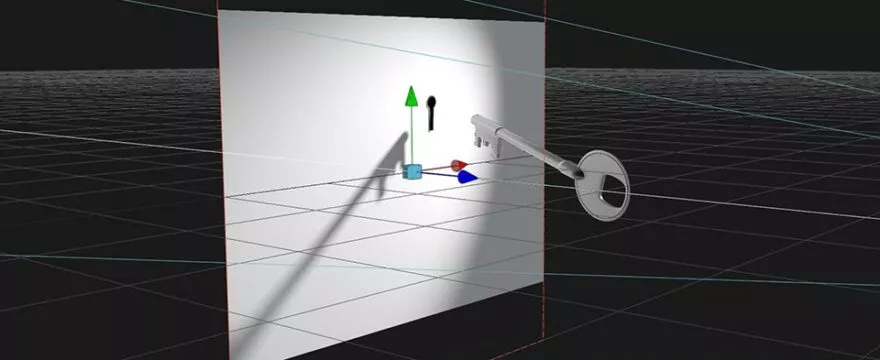Fusion has extensive 3D capabilities but they don’t match up with Maya, Blender & Co. It shows the greatest strengths where 3D tasks supplement the 2D compositing pipeline.
There’s a strong case for 3D in compositing. It allows you to integrate additional 3D tasks interactively into the compositing work. No need to go to complex and often expensive 3D suites. No waiting for collaborating 3D artists or for long render times!
3D motion graphics and titles are just the beginning. Here are a few examples of 3D tasks in compositing:
- Set extensions
- Placing effects with 3D camera tracking
- Pan & tile scenes
- Parallax projection scenes
- VR scenes
- Import 3D geometry, for reference, for projections, to create masks & shadows
- …
But there are limitations. Fusion’s renderer does not support a global illumination model. No bounce lights, no subsurface scattering, no ambient occlusion. At least not straight from the renderer. There are workarounds and 2D tools to simulate some of those effects, but they are not native 3D rendering capabilities.



Leave a Comment
You must be logged in to post a comment.